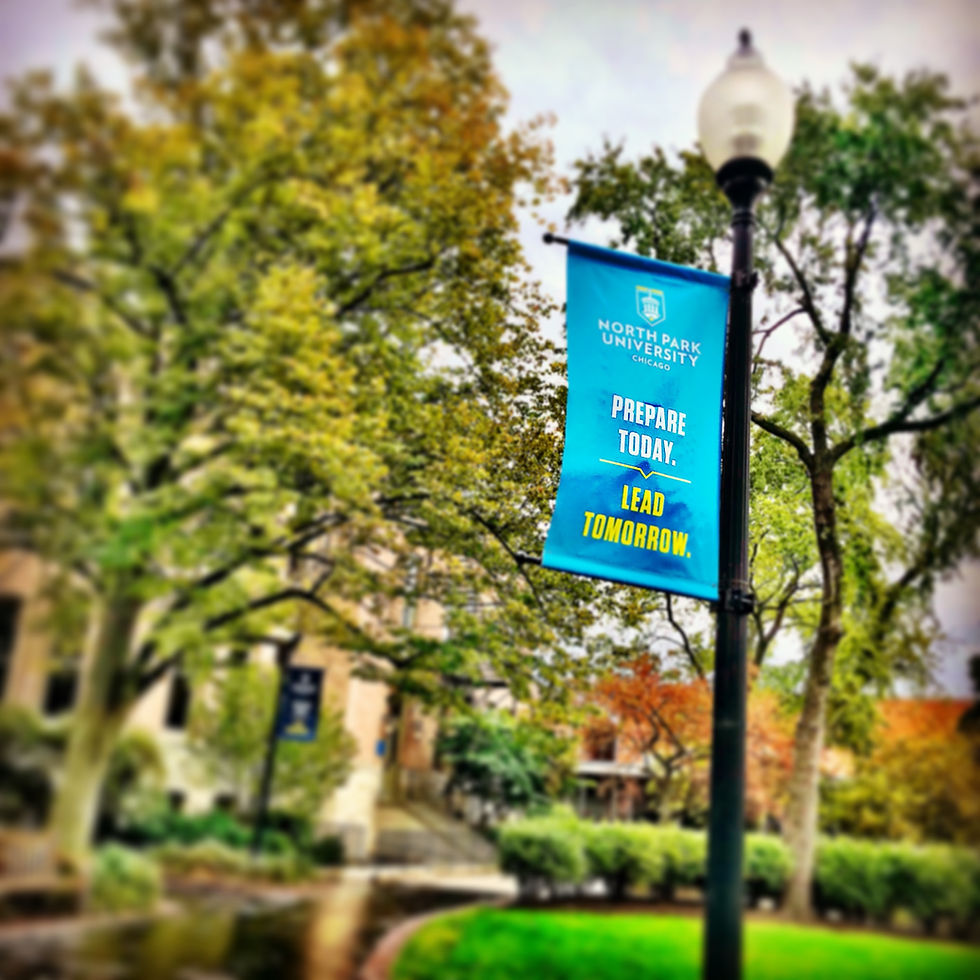The Kitchen
- Dr. Renée-Paule Gauthier
- Nov 15, 2015
- 3 min read
Working hard and working smart sometimes can be two different things. - Byron Dorgan
Now that you have brought your groceries home, the fun can begin! You have the ingredients, and all you need is a good recipe to prepare a delicious meal.
Here is one of the many ways you can break down your “cooking” session. As you get closer to performance dates, the ratio might change a little bit to include more performance practice, but proper planning and consistency will allow you to stay relatively stable in your routine.
The fractions are based on an hour of practicing, i.e. 1/12 of 60 minutes = 5 minutes. A student practicing 4 hours a day can therefore multiple by 4 to know the approximate ratio (i.e. 1/12 = 20 minutes).
Be thorough and mindful! If you feel that your practice sessions are not as productive as they could be, what better time than now to begin making the most out of them? After all, how can you expect different results if you are doing the same old thing? As Henry Ford so perfectly put it: if you always do what you’ve always done, you’ll always get what you’ve always got.
Warm up: 1/12
o Always, always, always warm up. It is the best way to prepare yourself for the work ahead and to prevent injuries. Select exercises that warm up both arms and hands.
o Long tones, Schradieck, Gavriloff.
Technique: 3-4/12
o Working on technique is what allows you to become a better violinist and to shine in your repertoire. As I mentioned in Dig Deep, there needs to be a limited amount of filters between an artist’s conception of a work and his/her audience’s ears. Technically mastering the basics will give you, the performer, the freedom to interpret music beyond merely playing notes. Keep yourself challenged by varying your routine once in a while and exploring different methods.
o Scales, arpeggios, double stops, shifts, and bowings using the works of Galamian, Flech, Sevcik, Vamos, Schradieck, and Yost.
Etude: 1-2/12
o Etudes help you strengthen your technique by intensely targeting specific problems. The beautiful thing about them is that you can get creative and transform them endlessly in order to deepen your mastery and work on different technical aspects. Change the bowings and/or the rhythms, add accents, or play them in double stops. Incorporate them in your repertoire work by spending a few minutes on an etude which treats an element you are struggling with in a piece you are preparing. For example, if you are having a hard time with the trills in a passage of a concerto, spend a few minutes practicing trill etudes such as Kreutzer #15-22 while working on those measures.
o Mazas, Kayser, Dont Op. 37, Kreutzer, Rode, Gavinies, Dont Op. 35, Wieniawski, Paganini.
Repertoire 6/12
· Consult your practice journal and make sure you are staying on track with your goals and your preparation timeline.
· Make sure you cover several areal of difficulty. Classify the different passages of a work according to their difficulty levels:
i. Red: passages that challenges your current level of technique and will probably need to be practiced everyday
ii. Yellow: passages that are comfortably challenging and need to be kept close
iii. Green: passages that feel mastered and can be kept on the back burner
Once you have classified the passages, decide how many of each area you want/need/have time to address during your practice session. Make sure you tackle all three categories of passages every day.
· Practice at a tempo which allows you to play everything easily with proper form and good technique.
· Break the work in small segments (this can be a phrase, a couple of measures, or even only a few notes) and isolate the micro problems such as shifts, chords, and double stops. Use efficient practicing techniques to perfect all passages. (This process might have to be repeated several times over several weeks for the same passage)
§ Analyze the passage: notice the different patterns, and the spacings and groupings
§ Notice unusual elements (breaks in patterns, unexpected alterations, difficult strokes, etc.)
§ Isolate micro problems
§ Practice using different bowings, different rhythms, and added accents
§ Build up with metronome
§ Play it several times perfectly at tempo or slightly faster
· Once a passage has been practiced thoroughly, put it back into context before moving on to the next passage
· Use most of your time for deep practice but keep time at the end of the session for performance practice, where you play through entire pages or entire movements as if you were in a performance context
Bon appétit!




Comments